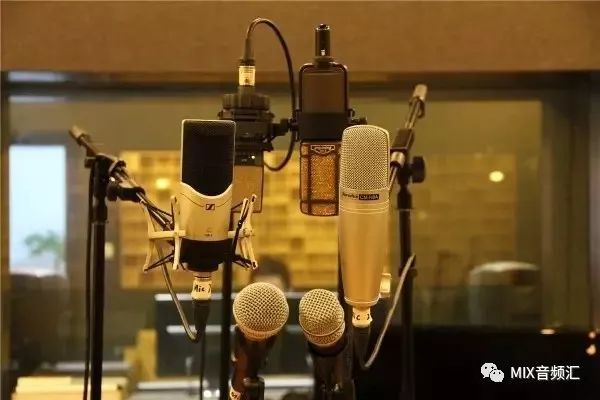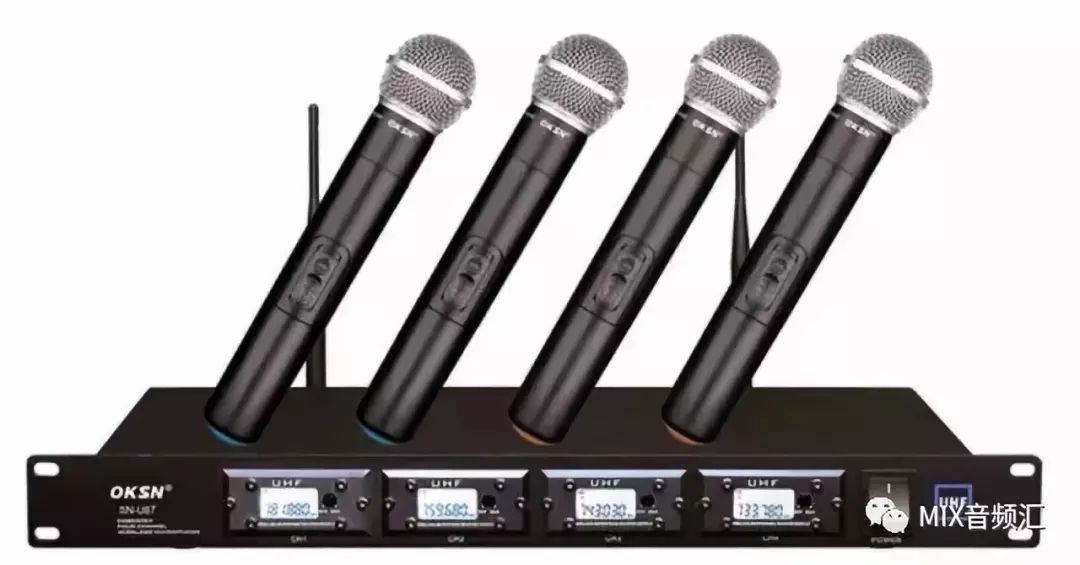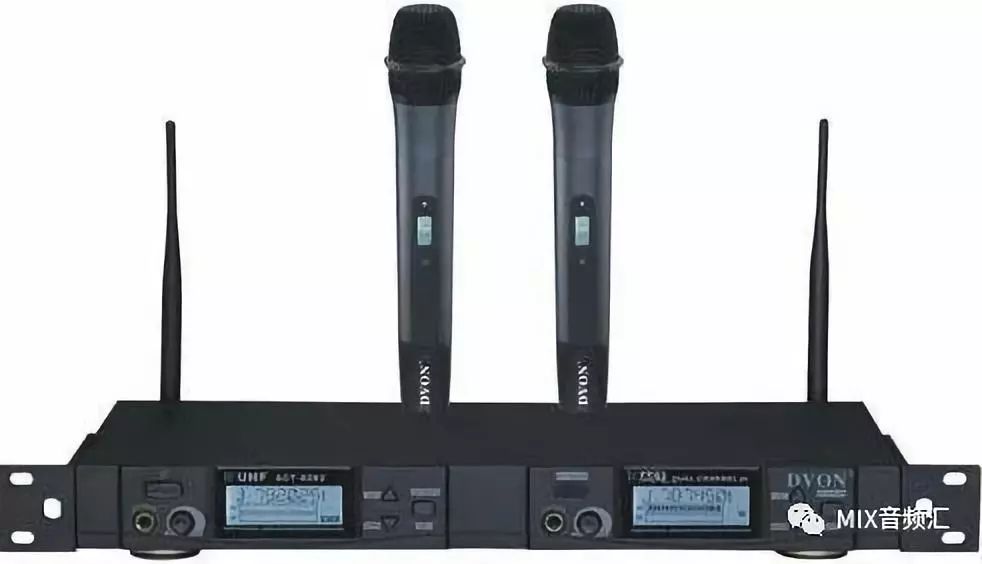Wireless microphone technology development
A set of perfect wireless microphones will bring great convenience to people's use, and at the same time provide the sound engineer with on-the-spot sound collection space for artistic creation. Therefore, wireless microphones are more or less deployed when configuring a sound system.
Wireless microphones come in a variety of ways: wireless microphones, wireless microphones, wireless handhelds, wireless headsets, wireless chest-systems, wireless microphone systems, etc., are generally not misleading.

The history of wireless microphones is not long, it is also a history of a decade or two, but the development is extremely rapid. In the 1980s, we rarely saw it. Products are nothing more than Newman, Siya and other international microphone manufacturers; in the application, only seen in large-scale concerts abroad. Over time, brands like Iron Triangle, Sennheiser, Shure gradually entered the domestic high-end audio systems.
With the development and application of electronic technology, the technology, market and application of wireless microphones have come a long way, and prices have gradually become approachable. Various brands and various types of wireless microphones have emerged one after another. Especially in the past few years, domestic wireless microphones have risen to the top, occupying half of the middle and low-end markets. Even in Enping, Guangdong, there was a distribution center for wireless microphones (microphones).
Relatively speaking, wireless microphones are more expensive than wired microphones. They are technically complicated and more expensive to use. Therefore, this article describes how to select and use wireless microphones.
Wireless microphone technology development
Wireless microphones have gone through about three stages from the initial simplicity of a wireless FM transmitter and wireless FM receiver to the current adoption of dedicated PLL (frequency-locked loop) technology.

Simple FM transmission and reception
At that time, in order to get rid of the noise of the microphone cable, people thought of the principle of transmitter-receiver similar to FM radio, through the transducer's transducer principle and audio → modulation → amplification → transmission process, and then through the FM radio or dedicated receiver (special frequency ) Receive and play sounds. It can be imagined that its sound quality, stability, and anti-jamming capability cannot meet the needs of actual use.
Diversity reception
Since all wireless microphones use frequency modulation technology, their working frequency band is in the V or U section, and the electric waves are all transmitted in a straight line. When an obstacle is encountered, it can only reflect and cannot be diffracted. Therefore, shadows or dead angles may occur, affecting the use of microphones (sound light, FM noise, etc.). To avoid this situation, diversity reception technology is currently used in higher-end wireless microphones.
The so-called diversity reception means that in a system, the same two receiving devices are required, and the signal sent by one transmitter is simultaneously added to the combiner by the two frequency-modulated receivers after being subjected to frequency discrimination and low-frequency amplification. Actually, it is a selector. In every moment, a strong reception signal is selected as the output signal, which can effectively improve the reception effect.

Purchase
Understand the above wireless microphone technology, we can choose the appropriate wireless microphone according to their own financial resources.
Under normal use conditions, such as distance (within 20 to 30 meters), used in conference rooms, multi-function halls and other occasions, quartz oscillator-like, single-receiving wireless microphones can be selected with little movement. The microphone head can be selected from dynamic coil type, electret type, etc., and the condition can be selected. PLL type wireless microphones can also be selected.
In the performing arts, theaters and other occasions, due to the large range of movement, the reception conditions are complex, and the requirements are high, it is recommended to use the PLL type, diversity type wireless microphones, and the microphones can be selected as condenser or moving coil type microphones. As for special requirements, instrumental microphones, choir microphones, etc. can also be used.

In areas where professional theaters and studios require high professional requirements, the author proposes to use a diversity wireless system that uses well-known brands and uses PLL reception technology. In these occasions, the number of microphones is large, the receiving environment is complex, and the range is large. Antenna amplifiers, distributors, antennas, and other ancillary equipment should also be configured to improve the use effect.
With Perkins Engine Generator,Container Type Diesel,Soundproof Generator,Super Silent Type Diesel
Shanghai Kosta Electric Co., Ltd. , https://www.ksdpower.com